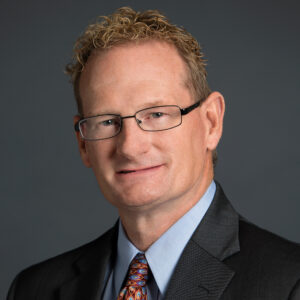Administrative Watch
On November 25, 2014, the U.S. Environmental Protection Agency (EPA) signed a proposed rule to promulgate more stringent primary and secondary National Ambient Air Quality Standards (NAAQS) for ozone. The proposed rule would limit air ozone concentrations to between 65 and 70 parts per billion (ppb), down from the current 75 ppb human health-based primary NAAQS standard that was enacted in 2008. The proposal would also tighten the environmental effects-based secondary NAAQS standard to between 13 and 17 parts per million-hours (ppm-hrs) under the W126 index, which determines a three-year average daily ozone concentration during a three-month summer time period.
These revisions to the ozone NAAQS were released by EPA following an order by a federal district court to propose revised standards by December 1, 2014. The order was issued pursuant to a lawsuit brought by several environmental groups after EPA withdrew a proposal to lower the ozone NAAQS to between 60 and 70 ppb in 2011, which was estimated to impose compliance costs of up to $90 billion.
To attain the ozone standards under the current proposal, many states and local jurisdictions will ultimately be required to implement significantly stricter limits on nitrogen oxides (NOx) and volatile organic compound (VOC) emissions from industrial sources, which are precursors of ground-level ozone formation. As a result, many industrial facilities will likely be required to implement alternative work practices or install control equipment to comply with emissions limitations. EPA projects that enactment of these lowered ozone standards would cumulatively cost between $4.7 billion for the 70 ppb standard and $16.6 billion for the 65 ppb standard by 2025.
EPA will hold three public hearings on the proposal in January 2015 and will accept public comments until 90 days after the proposal is published in the Federal Register.
If you own or operate a major stationary source of NOx or VOC emissions, or both, your facility is likely to be affected by this rulemaking. For additional information regarding the proposed revisions to the ozone NAAQS or possible compliance measures, please contact Michael H. Winek at (412) 394-6538 or mwinek@babstcalland.com or Varun Shekhar at (412) 394-5679 or vshekhar@babstcalland.com.

